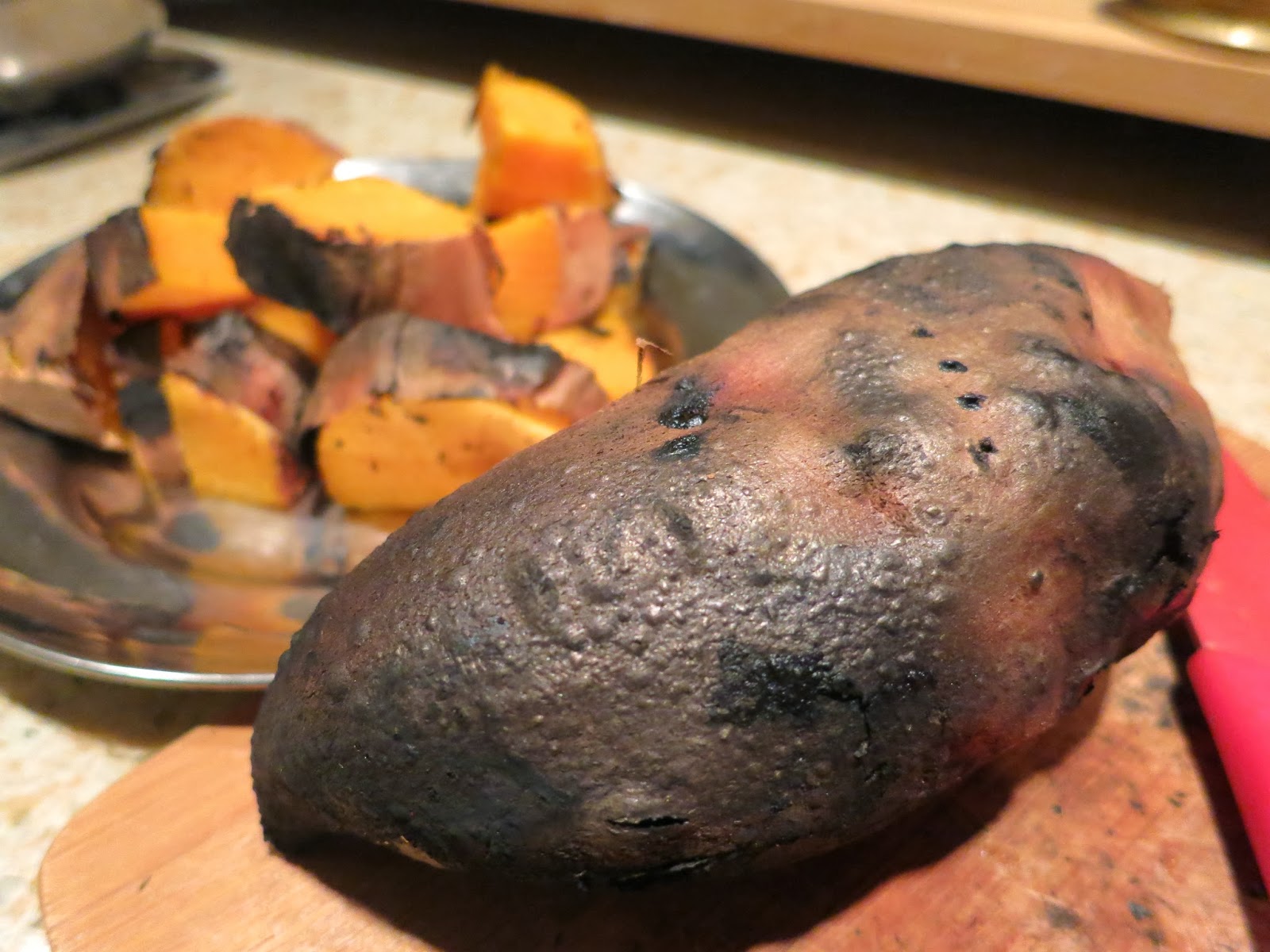Though Ghee is typically referred to as clarified butter, the process of making ghee differs from that of clarified butter. For ghee, the butter is simmered till the milk solids settle in the bottom and the butter is completely caramelized. Ghee has a nutty flavor and is very aromatic.
Ghee is used in Indian cooking in variety of ways. It is the fat of choice in all Indian sweets. In addition, ghee is mixed into rice and dal; spread on roti and used for tempering rasam.
Making ghee is easy but does requires care and attention. One can use either salted or unsalted butter. Except that the milk solid residue from salted butter will be very salty and must be kept in consideration if the residue is used in any other preparation. For example, I reuse the pan with the left over residue for making vegetables and if it is residue from salted butter, I will use less salt for the vegetables.
How to make ghee:
Place the butter in a heavy pan, and melt it over low simmer flame. As the butter melts, it will foam a little bit. As it continues to heat, the foam will clear up and butter will turn into clear pale yellow liquid. If you stop here, you will get clarified butter. However, if you want ghee, continue to heat the butter till the liquid turns brown. Turn off the heat and let the liquid cool. Once it is cooled, pour into a container. It will keep well for a month or more at room temperature. No need to refrigerate.




















































